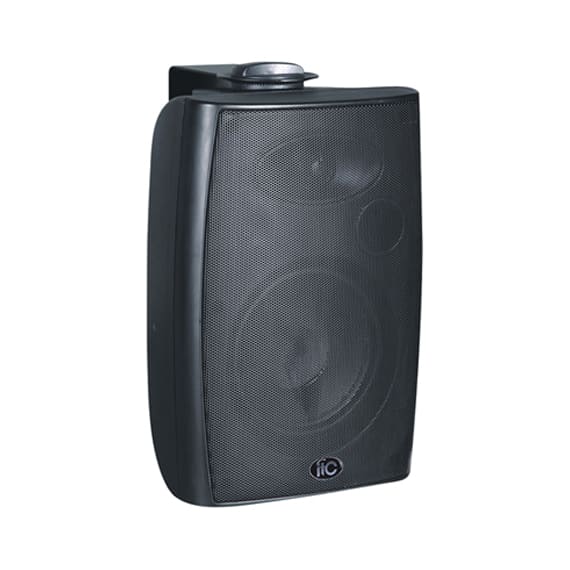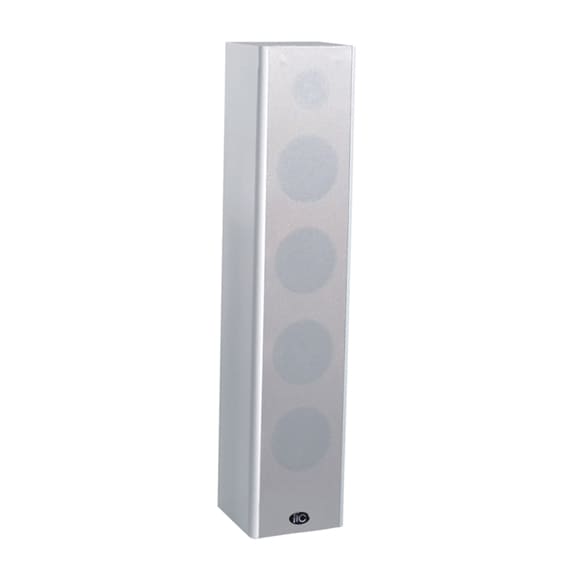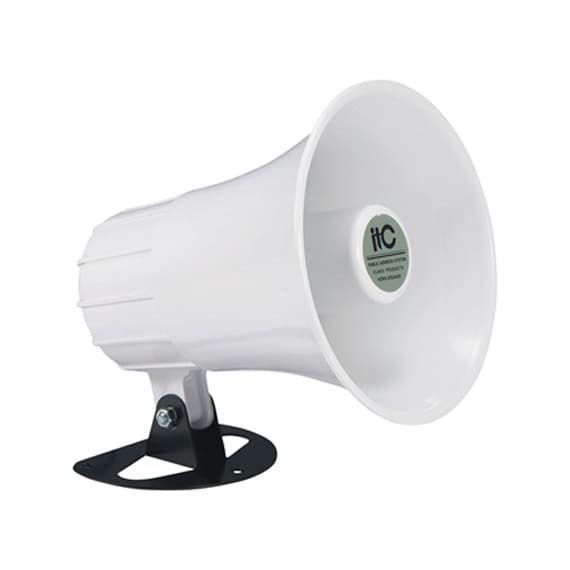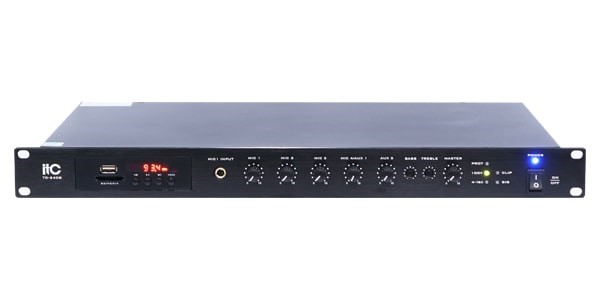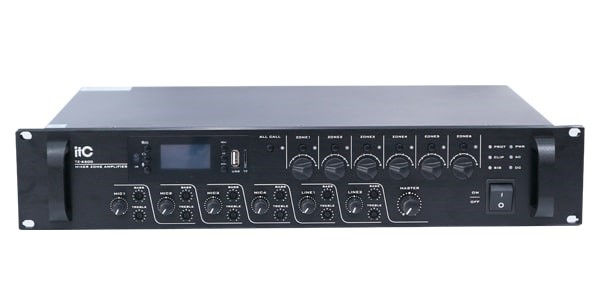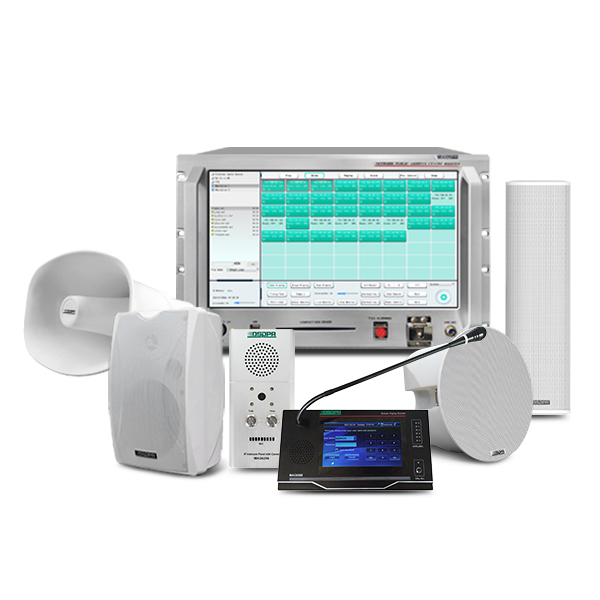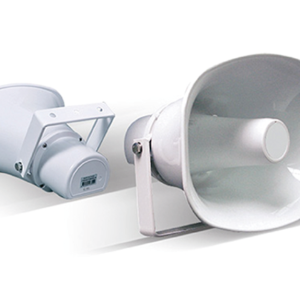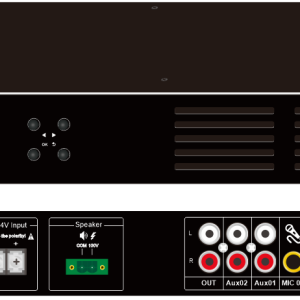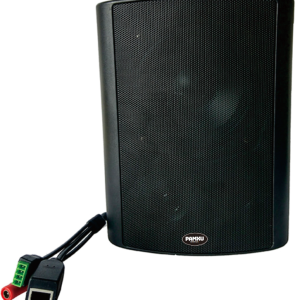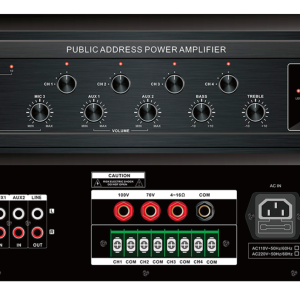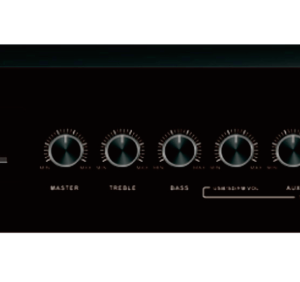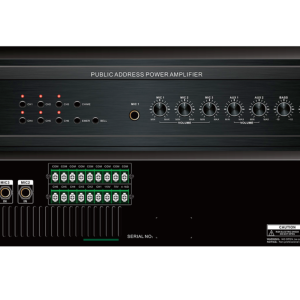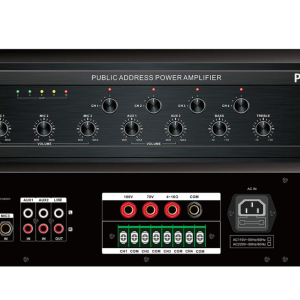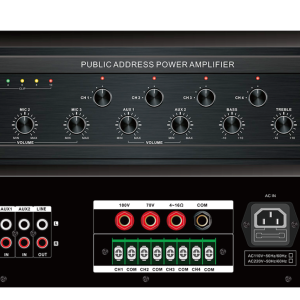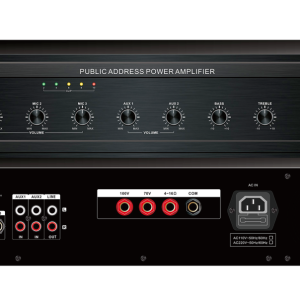Building Sound Systems: Crafting the Perfect Audio Experience
Creating an effective sound system requires careful planning, design, and implementation to ensure that audio is clear, immersive, and tailored to your specific needs. Whether for a commercial space, educational institution, or large event, understanding the components and considerations involved is crucial. Here’s a comprehensive guide to building sound systems that deliver exceptional audio performance.
1. Understanding Your Needs
Before diving into the technical aspects, it’s essential to assess your specific requirements:
Detail
- Purpose: Determine the primary use of the sound system. Is it for public announcements, music playback, live events, or a combination?
- Environment: Consider the size and acoustics of the space where the system will be installed. Different environments, such as auditoriums, conference rooms, or outdoor areas, have distinct needs.
- Budget: Establish a budget to guide your choices in equipment and design.
2. Key Components of a Sound System
A. Speakers
- Types: Choose from various types such as floor-standing, bookshelf, wall-mounted, or ceiling speakers, depending on the space and purpose.
- Power and Coverage: Ensure that the speakers have adequate power and coverage to fill the space with clear sound without distortion.
B. Amplifiers
- Function: Amplifiers boost the audio signal from the source to the speakers.
- Matching: Ensure that the amplifier matches the power requirements of your speakers to avoid damage and ensure optimal performance.
C. Microphones
- Types: Select between handheld, lapel, or boundary microphones based on how they will be used.
- Quality: Choose high-quality microphones to capture clear audio with minimal interference.
D. Audio Processors
- Equalizers: Adjust the frequency balance to tailor the sound to the acoustics of the space.
- Mixers: Combine and control multiple audio sources, allowing for seamless transitions and adjustments.
E. Control Systems
- Controllers: Use touch panels, remote controls, or software applications to manage and adjust the audio system easily.
- Automation: Implement automation for scheduled announcements or audio playback.
3. Design and Layout
A. Speaker Placement
- Coverage: Strategically place speakers to ensure even coverage and avoid sound dead spots.
- Height and Angle: Position speakers at the correct height and angle to direct sound where it is needed.
B. Acoustic Treatment
- Absorption: Use acoustic panels, carpets, and curtains to reduce echo and improve sound clarity.
- Diffusion: Implement diffusers to scatter sound waves and prevent overly focused sound reflections.
C. Wiring and Connectivity
- Cabling: Use high-quality cables to connect components, ensuring minimal signal loss and interference.
- Connectivity: Ensure compatibility between components, including any required adapters or converters.
4. Installation and Calibration
A. Professional Installation
- Expertise: Engage professional installers to ensure that the system is set up correctly and safely.
- Testing: Conduct thorough testing to ensure that all components are functioning as expected.
B. Calibration
- Audio Testing: Fine-tune the system using test tones and real-world audio to achieve balanced sound.
- Adjustments: Make necessary adjustments to volume levels, equalization, and speaker placement based on testing results.
5. Maintenance and Support
A. Regular Checks
- Inspection: Periodically inspect the system for any signs of wear or damage.
- Cleaning: Keep components clean and dust-free to maintain optimal performance.
B. Technical Support
- Service: Ensure access to technical support for troubleshooting and repairs.
- Upgrades: Stay informed about potential upgrades to keep your system current with technological advancements.
Conclusion
Building a sound system that meets your needs involves understanding the components, designing for the specific environment, and ensuring proper installation and maintenance. By carefully selecting and configuring your audio equipment, you can create a sound system that delivers clear, powerful audio, enhancing communication and overall experience.
For personalized advice or to explore our range of sound system solutions, feel free to reach out. PAMXU are here to help you build the perfect audio experience for your needs.


